Tax Gaps: Reduction Strategies, Compliance Efforts and Legislative Proposals
Recent and projected large federal budget deficits have generated congressional and executive branch interest in increasing revenue by reducing the tax gap. Specific methods for lowering the tax gap may also be used as revenue offsets under the Pay-As-You-Go Act (PAYGO). Other motivations for reducing tax gaps include adverse effects on (1)public trust in the fairness of the tax system, which may adversely affect voluntary compliance with tax laws, and (2) economic efficiency, by providing an incentive for inputs of labor and capital to shift to those sectors of the economy with greater opportunities to evade taxes. This book defines tax gap concepts, explains the methodology used to estimate the tax gap, discusses the relationship between the tax gap and enforcement, explains the Internal Revenue Service's (IRS's) strategic priorities, examines the IRS return prepayer initiative, and describes proposed legislation in the 112th Congress.
{{comment.content}}
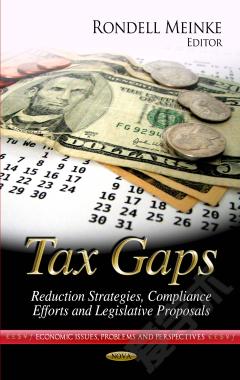

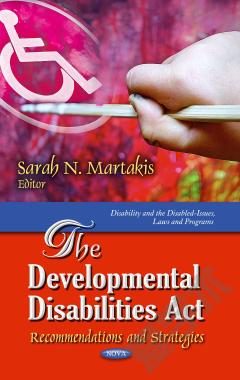
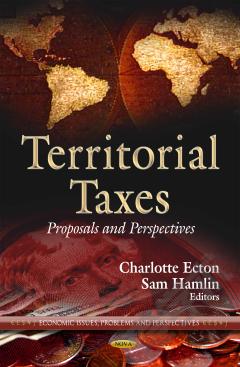
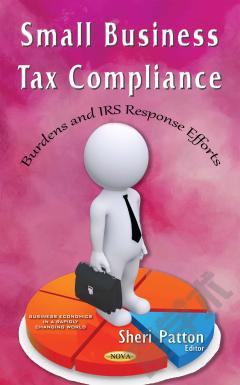

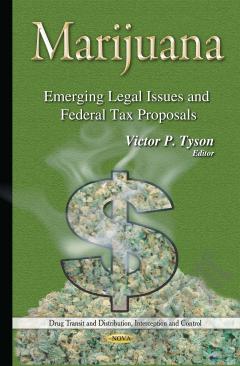

 京公网安备 11010802027623号
京公网安备 11010802027623号